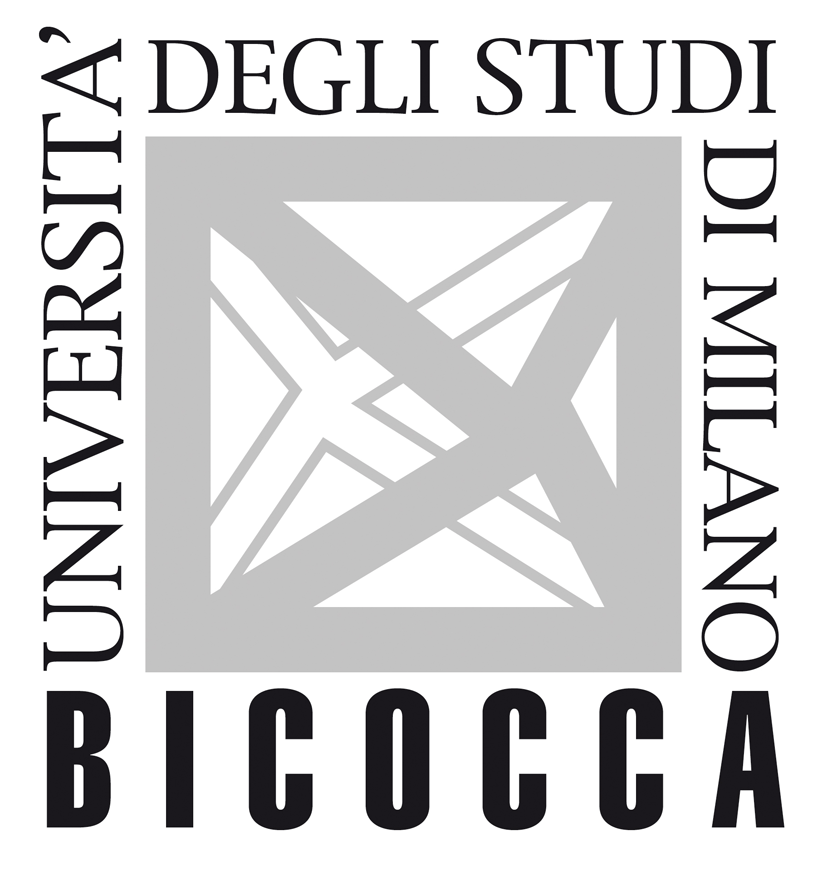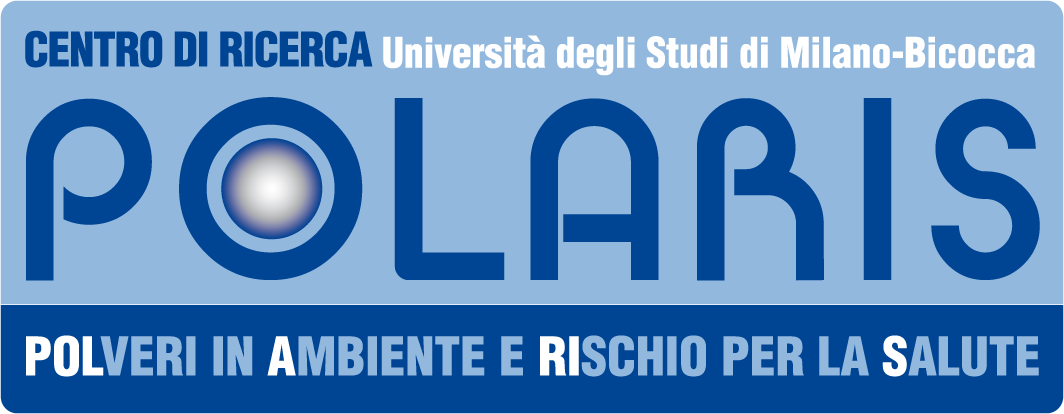Is the environment at risk from leaching of nanoparticles from coated fabrics? A nanotoxicology study
One of the most promising applications of nanotechnology is the possibility to coat textiles with metal and metal oxide nanoparticles (NPs). This application enables us to make fabrics antibacterial, and thus contributes to the prevention of infections in many situations in human daily life.
It is suggested that in the future all the textiles in the Hospitals will be antibacterial. In achieving this goal it is essential that bed sheets, pyjamas, doctor’s aprons, curtains, pillow cases will all be made antibacterial. But also prêt-a-porter clothes, and especially sportswear and socks, are already produced with antibacterial nanotextiles. During washing, these textiles may released nano-contaminants, thus posing a threat to water quality and life, as well as introducing additional concerns for wastewater treatment techniques. The purpose of this project is to prevent this scenario, preserving water quality and minimizing the efforts in wastewater treatments. This will be achieved by developing intelligent antimicrobial NP coating techniques coupled with an as low as possible leaching of toxic nanomaterials. We expect that this goal will be achieved by measuring the NM release and toxicity of antimicrobial textiles produced with different NPs and techniques, which will help researchers identify the most eco-friendly technology able to minimize the needing of water depuration efforts.
Israeli researchers will prepare the coated fabrics with antibacterial NPs and test their efficiency against microbial activity, while the Italian one will examine their dissolution in water, according to the conditions at which these materials are usually washed. Moreover, by examining the ecotoxicological effects, they will check if damages are caused either by the leached NPs, as well as by the ions released. This final aspect is crucial when studying the wastewater treatments of nanotechnological sources, since the efficacy of wastewater treatment plants in removing metal ions, or their NP counterpart, might be absolutely different.
The added value of this project resides in the multidisciplinary approach guaranteed by the partnership of the Italian and Israeli groups, that ultimately will lead to significant improvements in nanomaterial technology and nanotoxicological studies applied to the safe use and disposal of NP-coated textiles.
Research Units
Department of Chemistry, Bar-Ilan University, Tel-Aviv, Israel (Prof. Aharon Gedanken)
Department of Environmental Science, University of Milano Bicocca, Milan, Italy (Dr. Paride Mantecca)
Founded by
MAE-MOST (Ministero degli Affari Esteri – Ministry of Science and Technology) “Progetti congiunti di cooperazione scientifica e tecnologica Italia-Israele
Duration
February 1, 2012 – January 31, 2014




